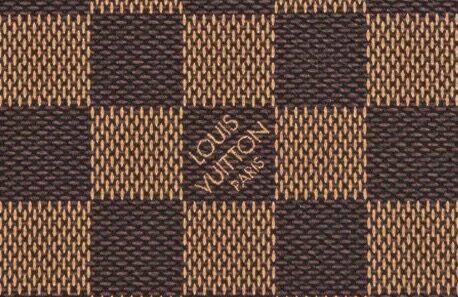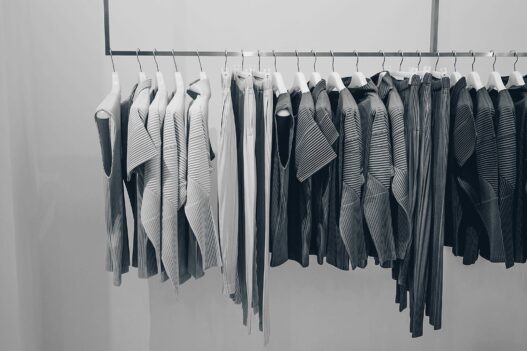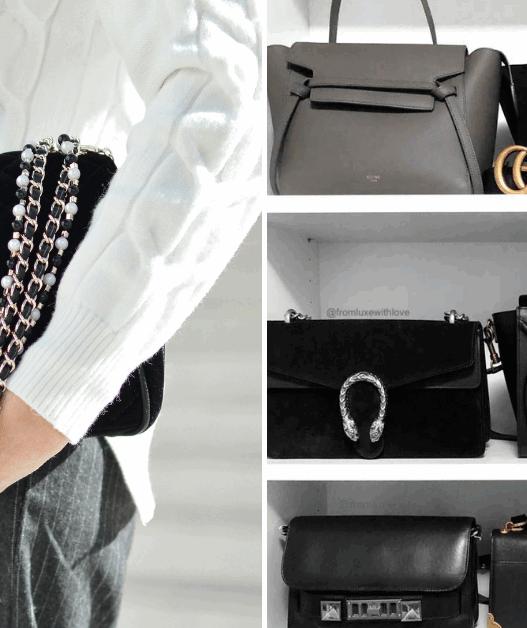There was a time when luxury announced itself. Monograms, metallics, and maximalist branding were its language, and recognition was the point. Today, discretion speaks louder. In the era of quiet luxury, a handbag with no visible insignia may still cost a month’s rent. The Row, Loro Piana, and Bottega Veneta have mastered the art of minimalist codes reflected in subtle cuts, distinct weaves, or the faint whisper of cashmere. What they haven’t learned, however, is how to protect a brand built on intentional silence legally.
This aesthetic pivot exposes a curious legal fault line. Traditional fashion IP has long relied on trademarks, logos, and identifiable patterns. But what happens when a brand deliberately avoids them? Can shape be copyrighted? Can restraint be registered? As fashion distances itself from visual branding, it’s also distancing itself from the legal tools designed to protect it.
The law of trademarks was built on the principle of visibility. A word mark, a logo, or a recognisable sign conditions the consumer’s eye, creating the “secondary meaning” required for protection under Wal-Mart v. Samara Bros. These are the anchors that allow a brand to claim distinctiveness and sue for infringement. Minimalism complicates this requirement. In recent years, we’ve seen a rise in what might be called “subtextual branding,” i.e. designs that rely not on symbols but on proportion, tailoring, and tonality.
Take Bottega Veneta under Daniel Lee. In 2019, the brand deleted its social media presence and stripped its products of visible logos. Instead, it leaned into its iconic intrecciato weave, geometric leather construction, and pouch silhouettes. The designs were instantly recognisable to the fashion-literate, but devoid of legal identifiers. When it sued counterfeiters in 2021, the claim rested not on a mark, but on the feel of the bag: its shape, fold, weave, and absence of ornament.
Here, trade dress becomes the operative doctrine. It protects the overall look and feel of a product if that look signals source and is non-functional. The U.S. Supreme Court in Two Pesos v. Taco Cabana held that inherently distinctive trade dress could be protected without proof of secondary meaning—potentially a lifeline for specific minimalist designs. Yet Wal-Mart closed the door for product design, requiring secondary meaning in all cases.
This becomes a challenging proposition when the product is deliberately understated. A minimalist handbag, by design, is intended to avoid excess. It recedes. It seeks not attention but recognition through absence, visible only to the selected few through the quiet calibration of silhouette, stitching, and palette. But minimalism, by its nature, aspires to universality. When every luxury brand reaches for the same muted tones and supple calfskin, the law is forced to ask: where does design end, and identity begin? Who, if anyone, owns the silence? This is where the EU’s “individual character” design standard arguably offers more room than India’s underutilised trade dress protections, which remain largely theoretical despite being recognised in the Trade Marks Act. In both jurisdictions, enforcement against “inspired” pieces remains elusive.
Design piracy thrives in the space between inspiration and imitation. Brands like The Row or Loro Piana, which operate within a deliberately muted visual register that values nuance over declaration, often struggle to maintain consistency. The more a design leans into discretion, the harder it is to distinguish, let alone defend.
And yet, the picture is not entirely bleak. Hermès’ victory over MetaBirkins relied on the Birkin’s shape as trade dress. Telfar secured registration for its Shopping Bag silhouette. These cases suggest that form-as-identity can work. Khaite, for example, has reportedly documented consumer recognition of its knitwear proportions, laying the groundwork for potential trade dress claims. Some argue that minimalism’s universality could be reframed as an advantage, creating a coherent aesthetic movement that, like Scandinavian design in furniture, might bolster recognition through collective association.
Still, these examples are rare. In most jurisdictions, including India, registering a shape or aesthetic signature as trade dress demands a burden of proof that minimalism is ill-equipped to meet. Minimalist brands either accept limited enforceability as the cost of cultural capital or advocate for reform, perhaps by lobbying for a hybrid standard that values both insider recognition and public perception. Distinctiveness, after all, can be cultivated through persistent and deliberate presentation; the question is whether brands are willing to invest in both the aesthetic and evidentiary disciplines that such cultivation requires.
In this climate, fashion must decide whether its pursuit of elegance can coexist with enforceability. The industry may need to rethink how it codifies its own identity, because in a world where silence becomes the signature, brands cannot afford to be legally unheard.



















